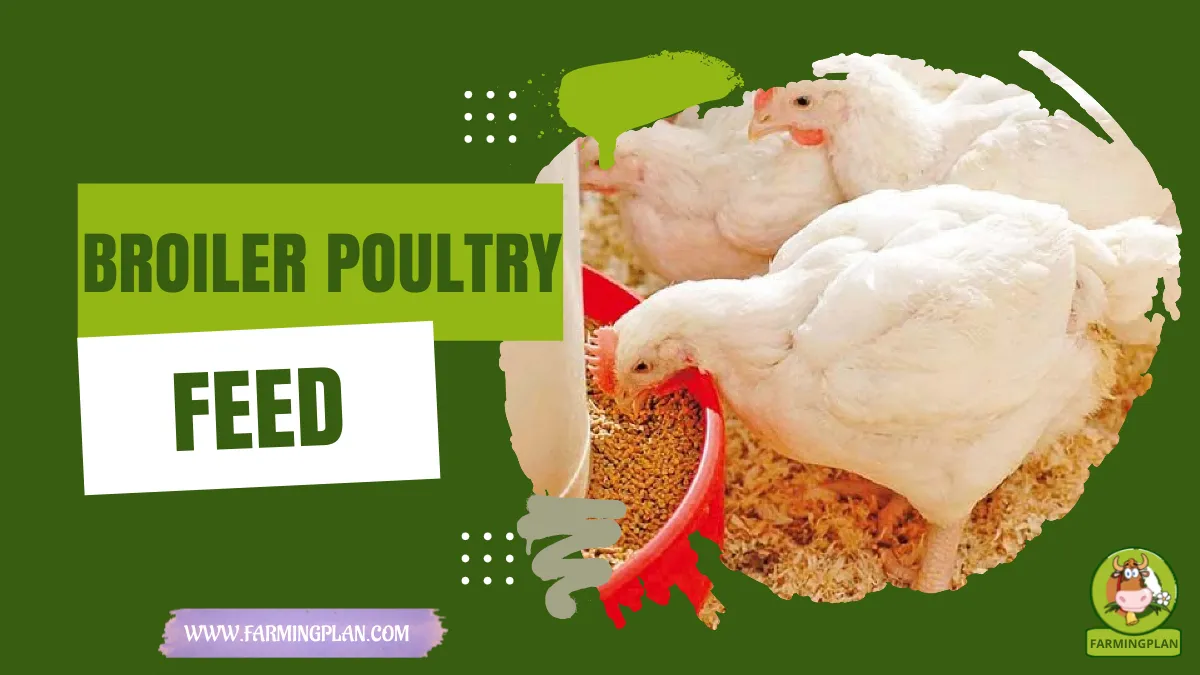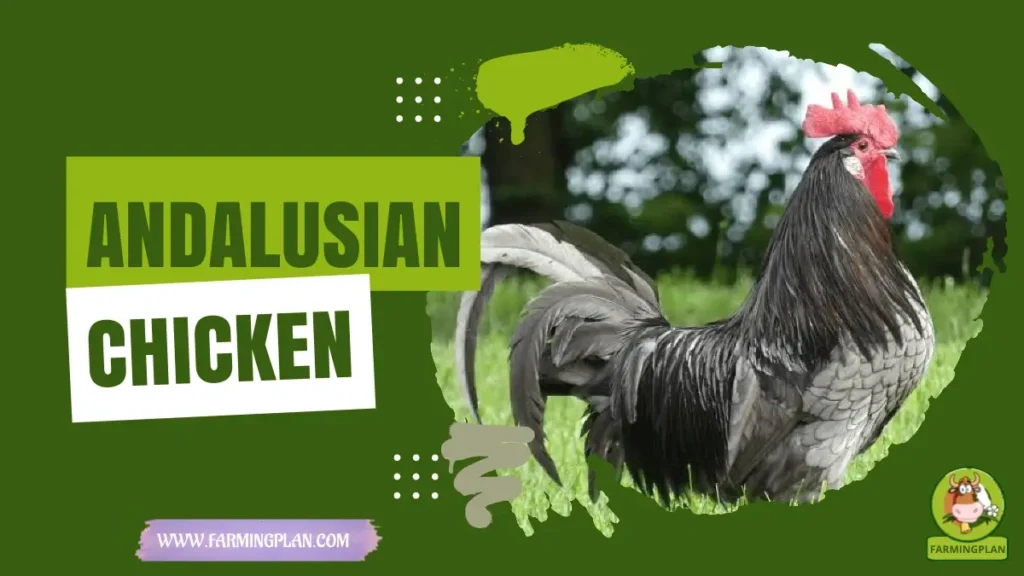In this post. we will talk about the most important subject about Broiler poultry feed. Likewise, the nutritional programs for broilers are the fruit of many years of research. Where was studied the management of poultry farms aimed at achieving the quality of the animals demanded by the market in the shortest possible time? From the economic point of view, it is the most important line in poultry farming. Since it accounts for almost 70 percent of the production costs of a kilo of meat.That is, balanced food is the most expensive input. The chicken is ready for slaughter when it reaches six weeks and during this time the food must cover the nutritional needs of the bird. If they are not adequately met, the chicken will take longer to fatten. Causing more expenses to the poultry farmer and the final product may be discarded by the profit plants. The concentrated feed is made with corn, 60% of the formulation and a major source of energy. Sorghum and soybeans and other elements in lower doses provide the animal with the proteins, amino acids, energy and minerals necessary for the production of meat.

Feeding Phases
Just as the growth phases of the broiler are defining inbreeding or initiation and fattening or finishing, there is a specific diet for each one. During breeding, which goes until three or four weeks of life which occurs until 24 or 28 days. The chicken consumes 1.100 to 1.300 grams of concentrate formulated with a high protein level (minimum 21%). In the fattening or finishing phase.
Which goes from the fourth to the sixth week of life (42 days) the animal consumes 2.600 and 2.700 grams of concentrate. Formulated with a higher percentage of energy.
Concentrate Management
At all times the broiler should have clean and fresh food available. In the first 5 days, the food should be divided four or five times. In order to stimulate consumption and avoid waste. Between 5 and 15 days distribute the food in three daily fractions and from day 15 or 17 provide daily the concentrate. Always in the morning hours, mixing it with the remainder of the previous day.
Some of Broiler Poultry Feed
The consumption of food is done at will, disposing of it during the day and night. Only the feeding is restricted, in the hottest hours of the day during the last week of age to avoid death due to the heart attack. There are two kinds of foods:
- Food Starter: It is used from 0 to 3 or 4 weeks of age. The presentation is in powder or semi grain, contains anticoccidial and 21 to 23% PC at 3000 kcal/kg.
- Food Terminator: It is delivered from 3 to 4 weeks of age, up to the benefit. (6th week). The presentation is granulated without anticoccidial, containing 19-20% PC and 3200 kcal/kg.
Feeding Options
The most convenient way to feed chickens is with a balance pelletized ratio. Whether the birds are confined indoors or allowed to go outdoors. Most rations contain corn for energy, soy flour for protein, vitamins and mineral supplements. Commercial rations often contain antibiotics and arsenic to promote health and enhance growth, coccidiostats to combat coccidiosis and sometimes contain mold inhibitors. However, it is possible to obtain balanced foods without medications, look at the labels to see if they contain additives.
Feed Compounds
Usually, poultry foods have a variety of foods. The most common are corn, wheat, sorghum, oats, and barley. As well as concentrated proteins, including soybean meal, and other seeds transformed into flour. Such as sunflower, peanut, and sesame.
In the same way to your diet as Estacado flour, and meat, as well as whey. And some legumes like grains, alfalfa, dried beans. Some producers decide that their own roots to be sure that they no longer have natural ingredients. You may also like to read Sumatra Chicken
Soybean
Grains are usually ground to improve digestibility. Soybeans generally need to be heated by extrusion or roasting before feeding, to deactivate a protein inhibitor. Soybeans are usually fed in the form of soybean meal, not “whole fat” because the valuable oil is first extracted. In addition, whole soybeans, toast is high in fat which provides energy to the birds. You may also like to read Pekin Chicken
Protein, Vitamins & Minerals
Since protein is generally one of the most expensive ingredients in balanced foods. The industry employs objective rations and reduces the amount of protein in the diet as the birds grow (chickens require less protein as they grow). However, it can be unprofitable for small producers to have different diets such as start, growth, and finishing.
FAQ
What is the best feed for broiler chickens?
The best feed for broiler chickens is a finely ground and balanced feed designed specifically for the bird’s growth. The diet should include high-quality protein sources such as soybean meal, fishmeal, or beef meal; essential amino acids like lysine, methionine, and threonine; energy sources like corn or wheat; minerals such as calcium and phosphorus; vitamins such as A and E; trace minerals including zinc, copper, selenium and iodine to promote optimal health.
What is the poultry feed formulation for broiler?
Broiler poultry feed is a dietary supplement provided in order to promote healthy growth and development of broilers. It should be formulated to meet the nutritional needs of the bird while also taking into account species-specific requirements. The formulation of such feeds will depend on the availability and cost of feed ingredients, as well as environmental conditions like climate, humidity, and temperature levels.
What are the main ingredients in broiler feed?
Broiler feed is a type of balanced diet specifically formulated for raising chickens in a commercial setting for the purpose of producing meat. It consists primarily of grains, such as corn and wheat, along with other ingredients like fishmeal and meat meal, vitamins, minerals and fats/oils. All these components are combined to provide an optimal mix that will ensure the birds have efficient growth rates while at the same time providing all their necessary nutrients.
Conclusion
If you’re looking to start a broiler chicken farm, ensure that the site has good access to water and feed. Consider installing poultry houses with heating systems in cold climates. It is also important to make sure there are no predators near your farm as they can cause significant damage. Lastly, when it comes time for marketing your product, be aware of any laws or regulations which may apply to selling meat products in your country. Regulations vary by region so be sure to do your research before making an investment!
As a reference: Wikipedia

